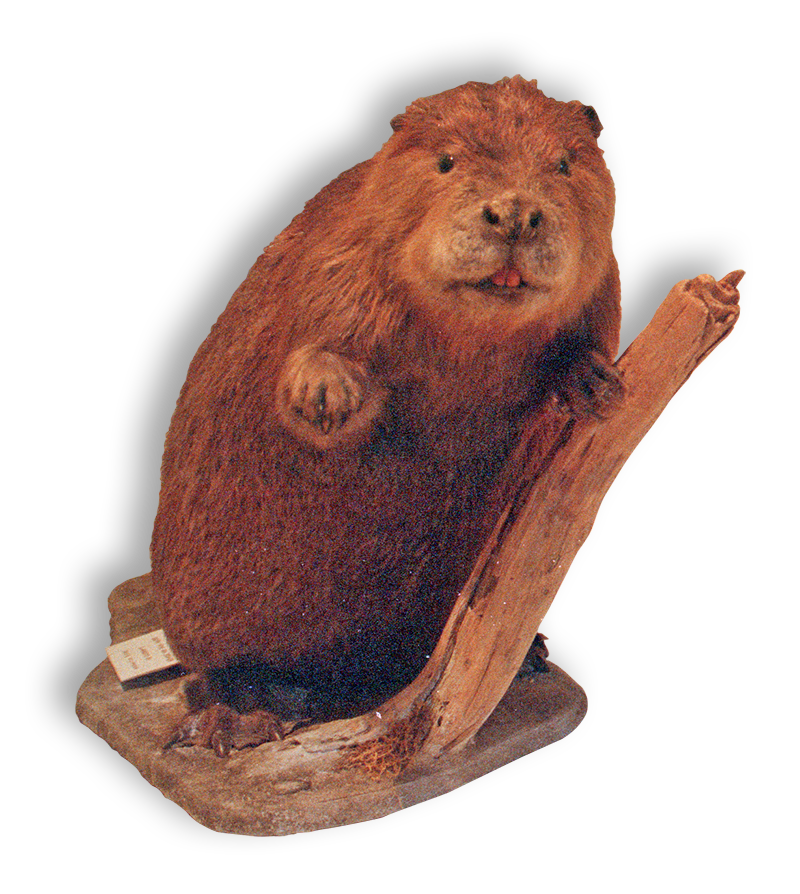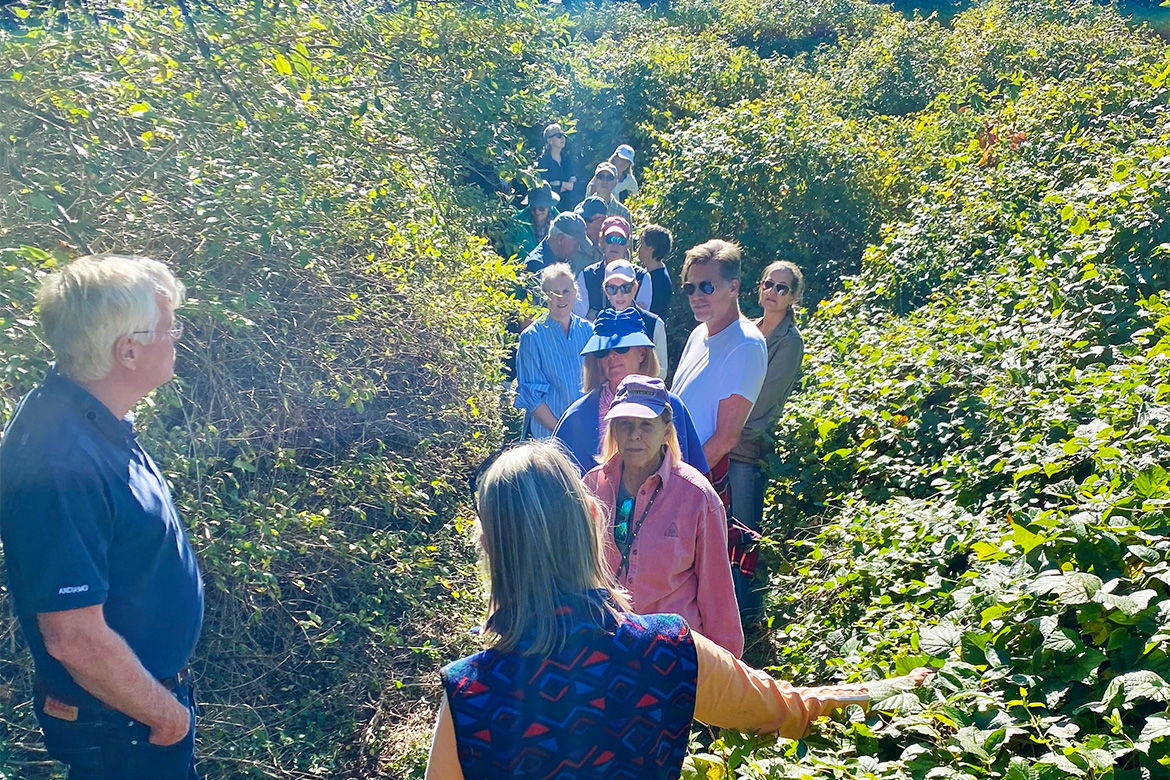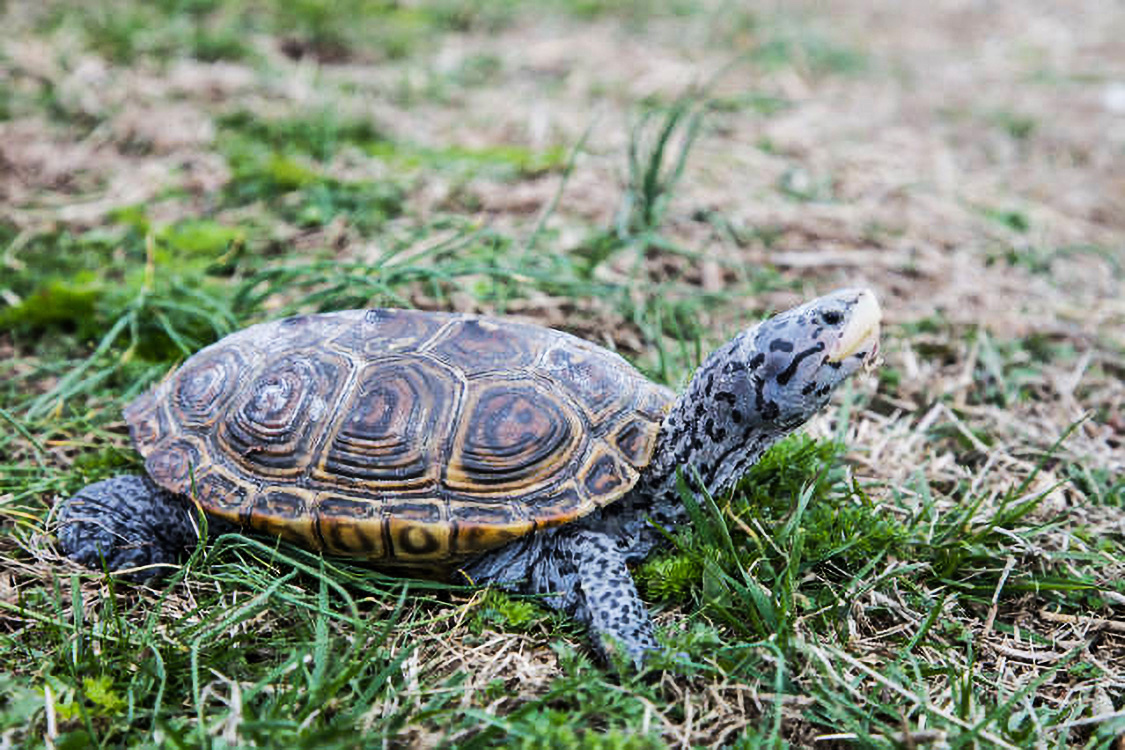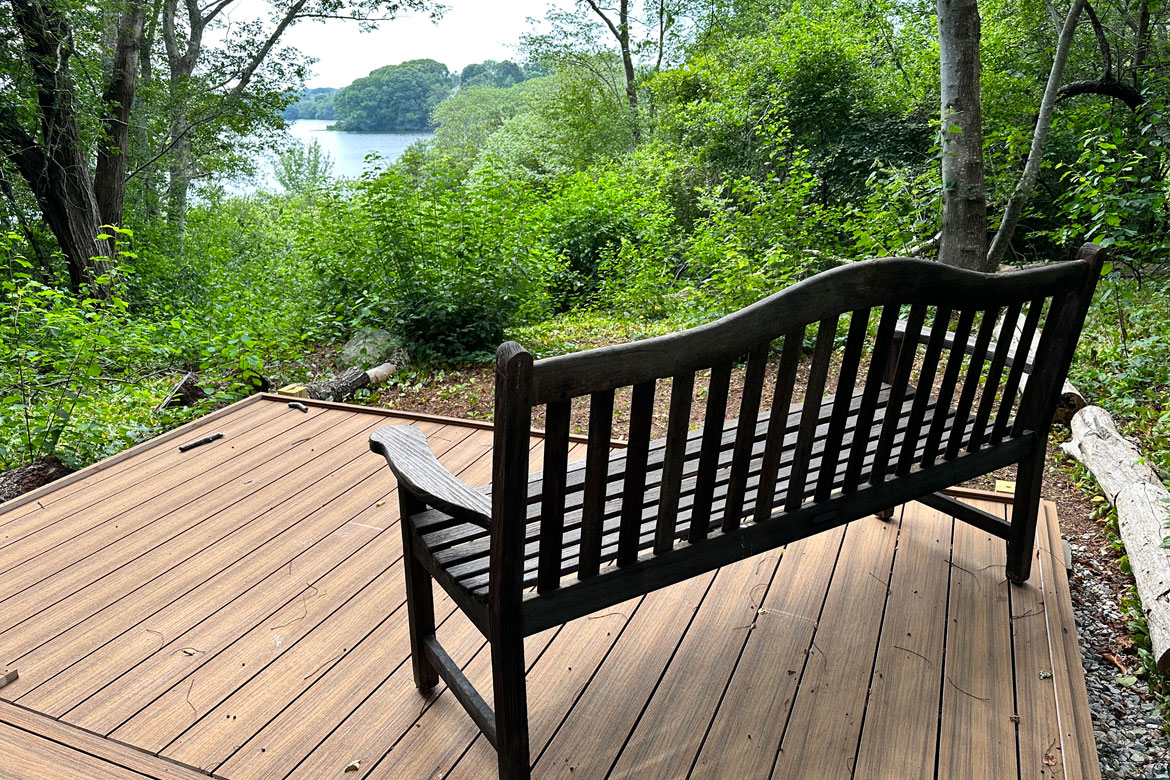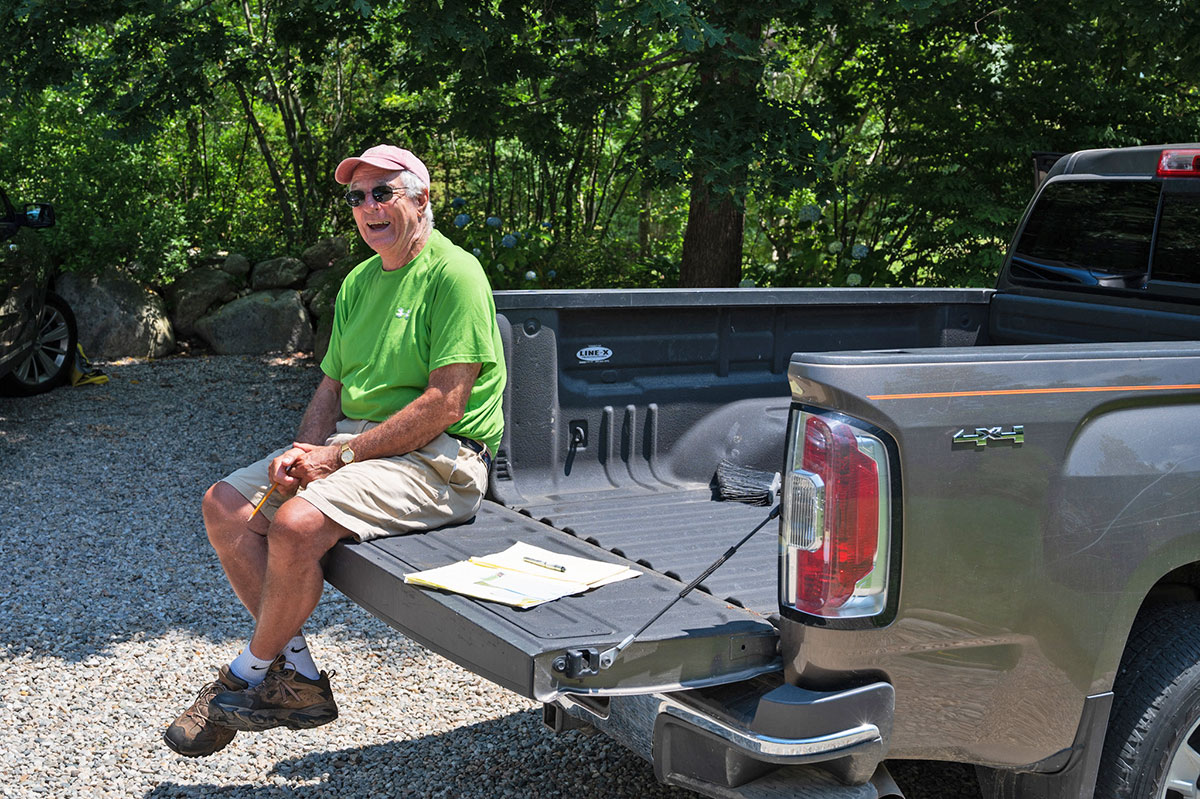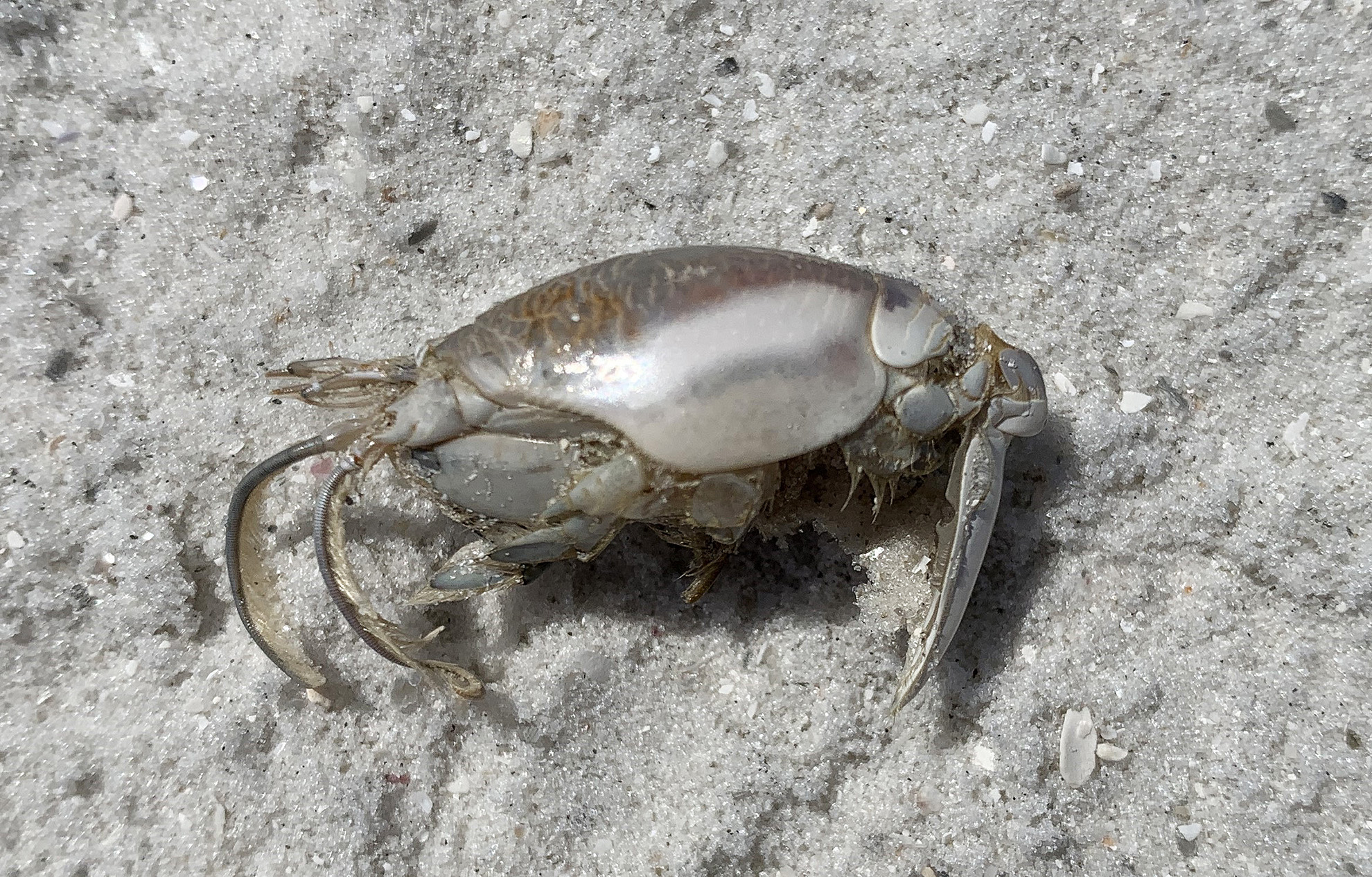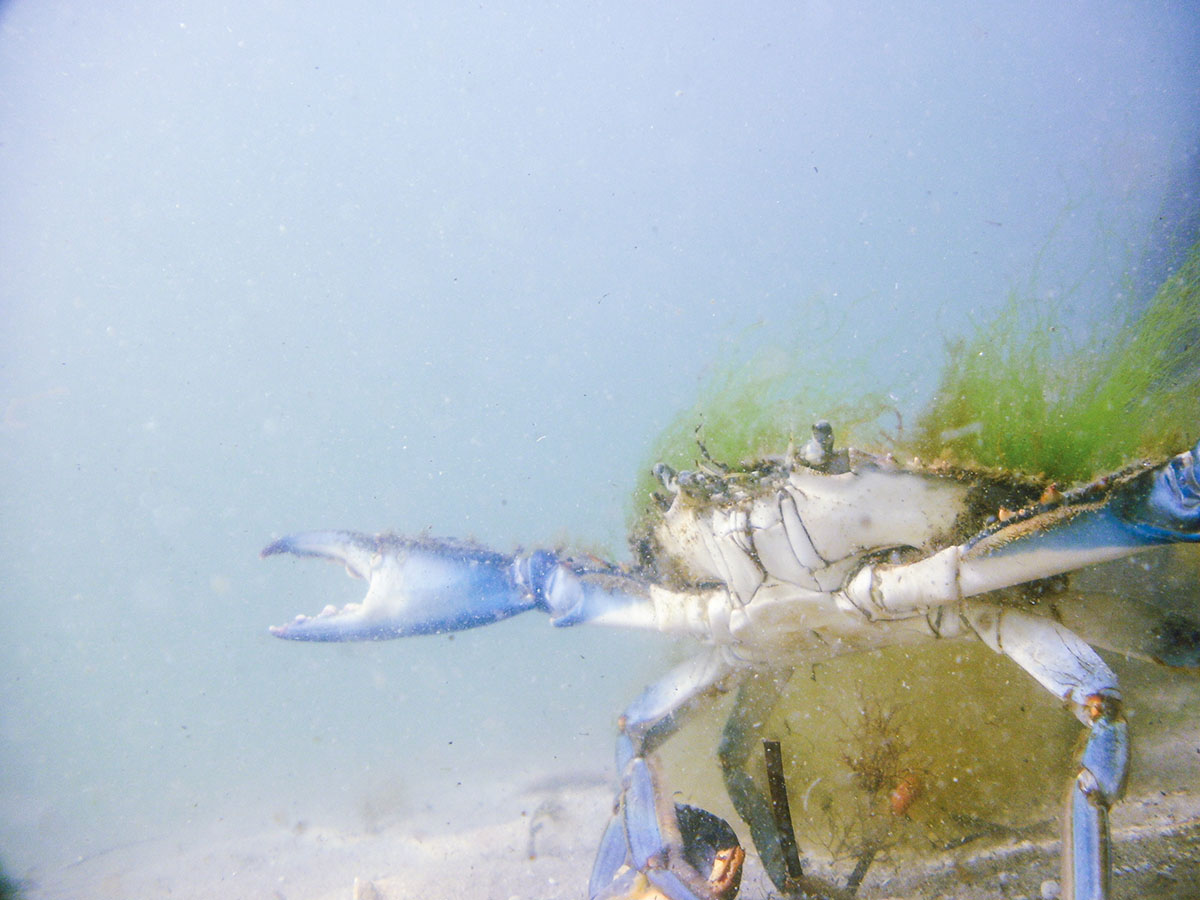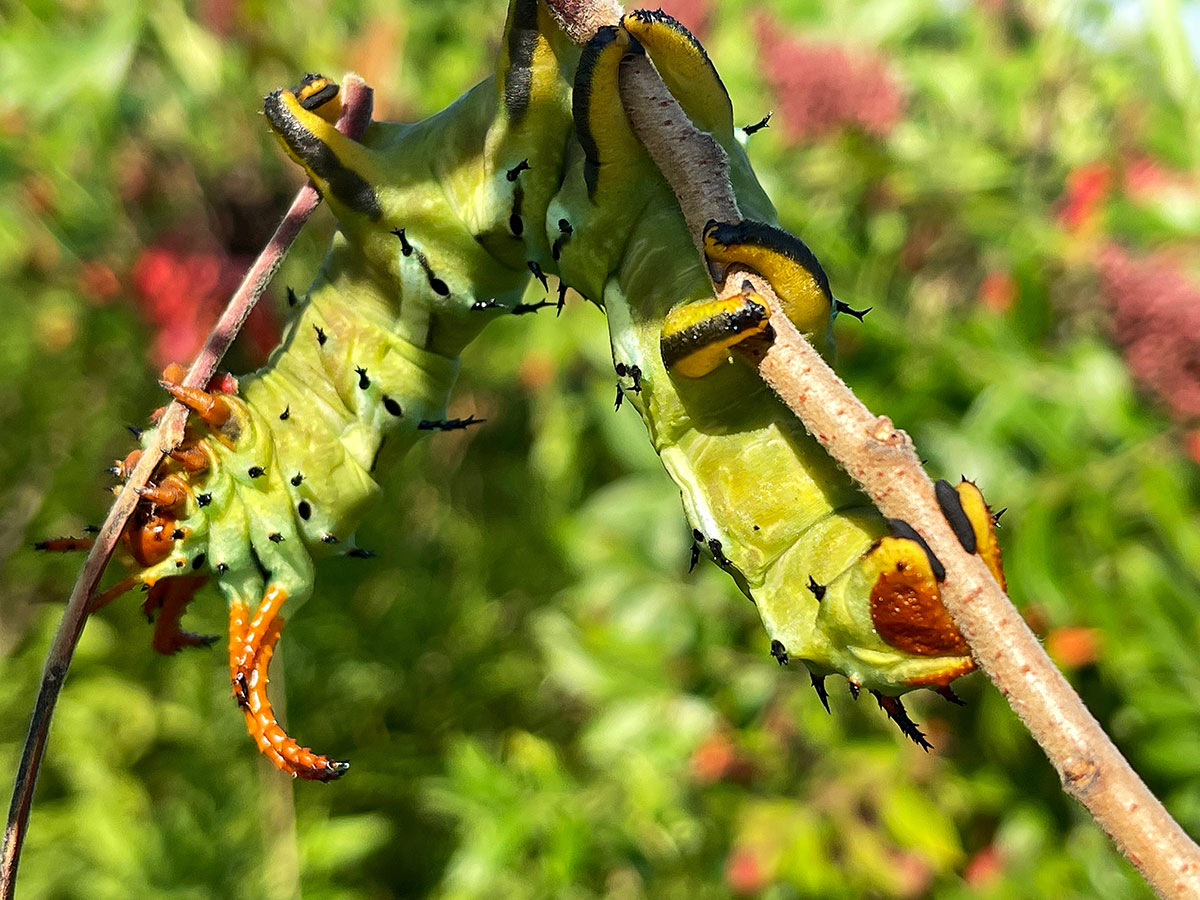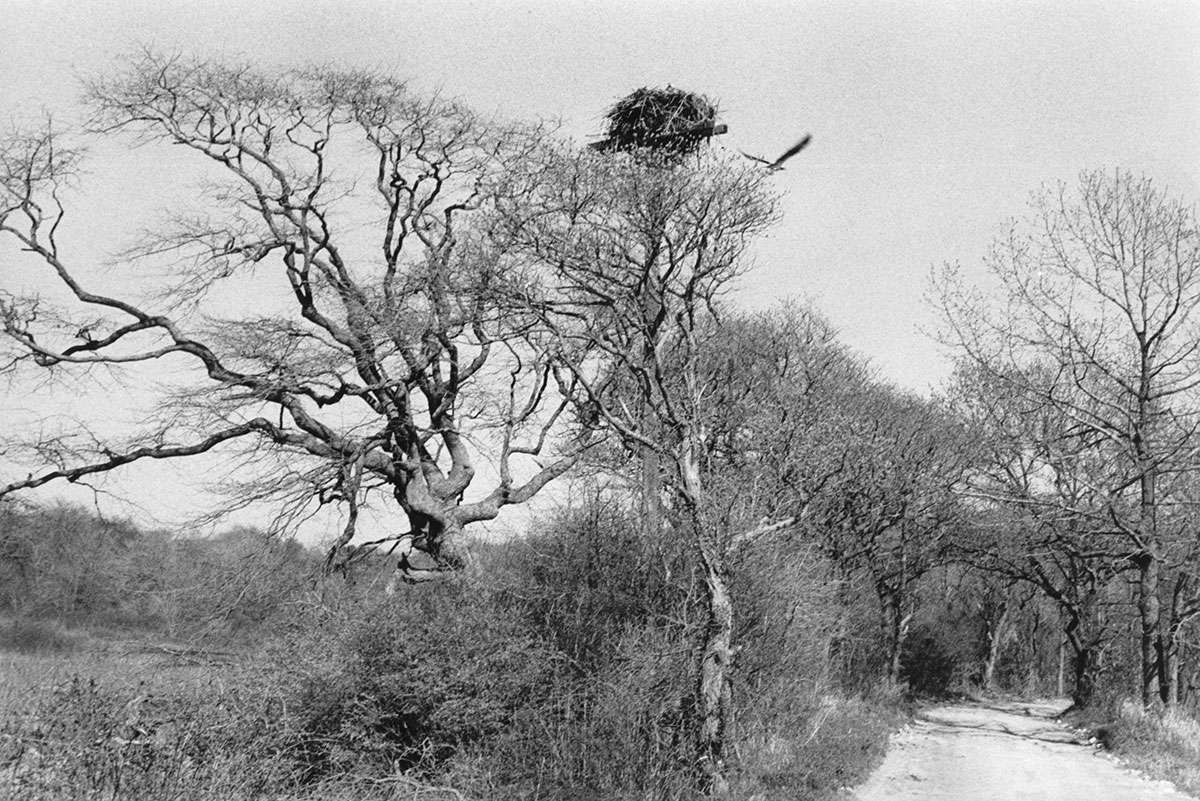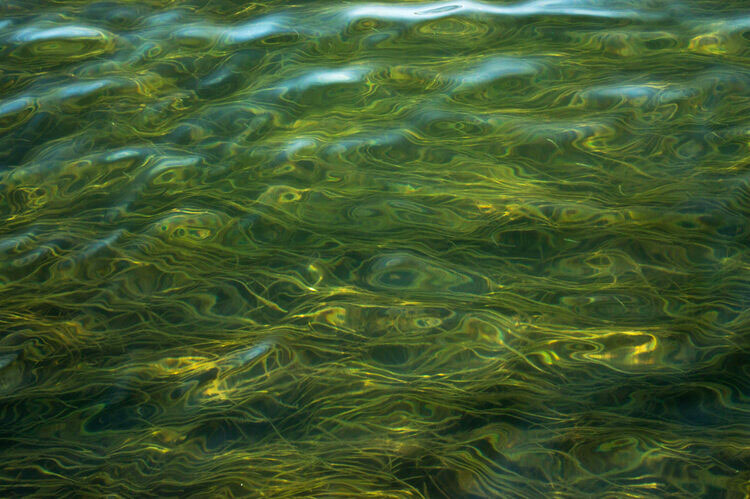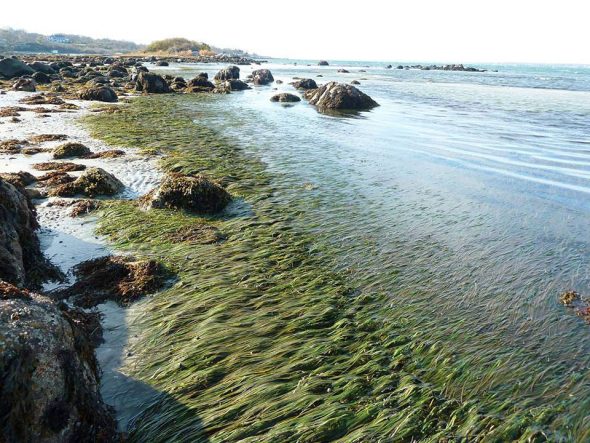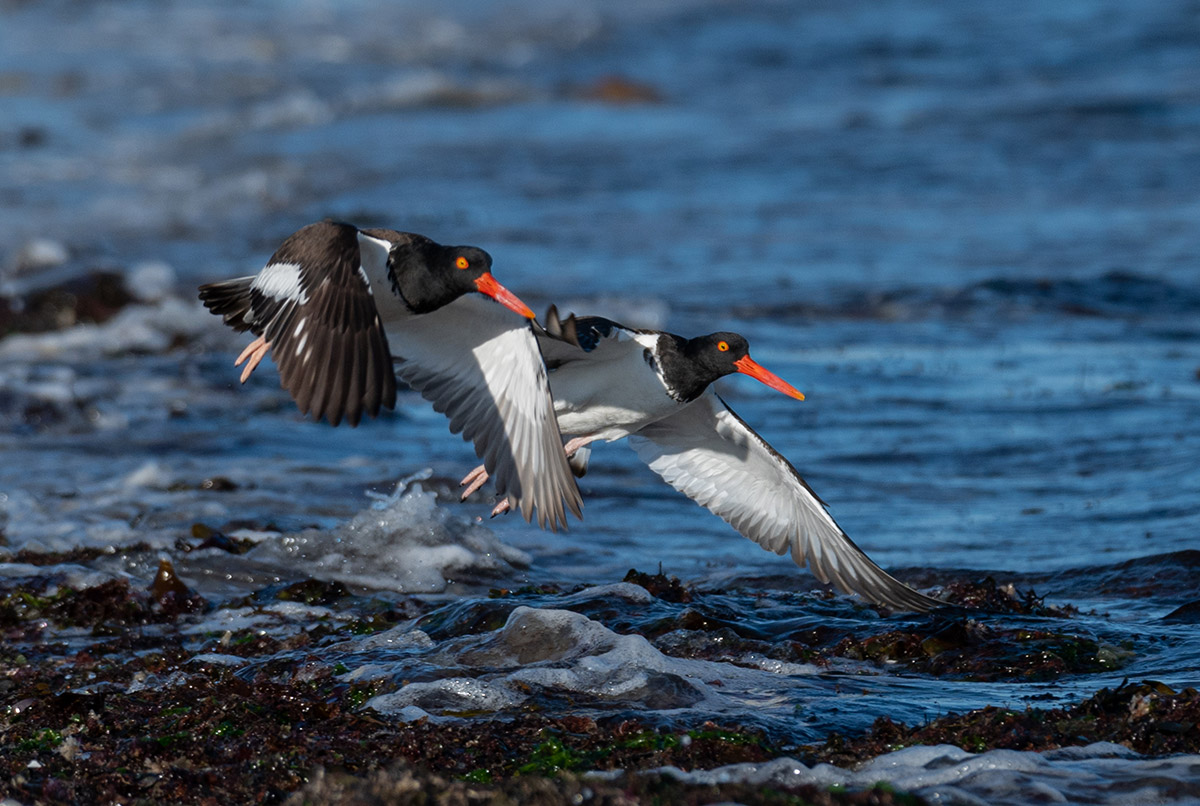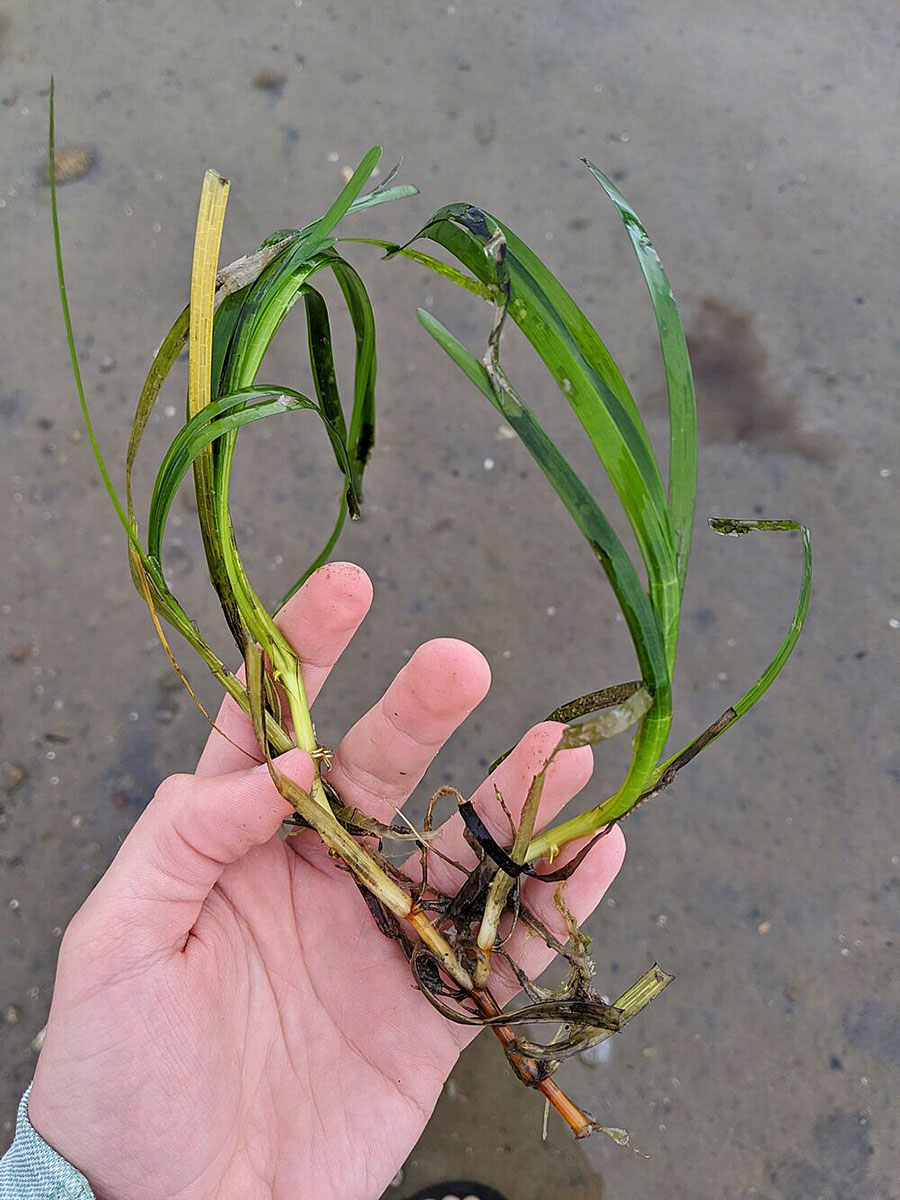A Century-Old Collection is Reinterpreted
The Museum’s Edwin H. Horning Natural History Gallery highlights numerous mounted bird specimens that were collected over the last 100 years, primarily by H.L. Ferguson in the 1910s and 1920s. He was assisted in his efforts by his brother, Alfred L. Ferguson.
Both men were amateur ornithologists and jointly wrote an article that was published in The Auk, entitled,
“The Fall Migration of Hawks as Observed at Fishers Island, N.Y.” (Vol. XXXIX, No. 4, October, 1922).
Henry L. Ferguson was friends with various noted ornithologists who came regularly to Fishers Island on collecting and shooting outings. His companions included renowned bird artist Louis Agassiz Fuertes of Ithaca, N.Y., entomologist and ornithologist Col. Wirt Robinson, of West Point, N.Y., and amateur ornithologist Dr. Leonard Sanford, of New Haven, Conn., who was long associated with the American Museum of Natural History. Most of the HLFM bird specimens were taken on Fishers Island, but some originated at other locations in the northeast. Almost all of the early mounts were prepared by the Peabody Museum at Yale.
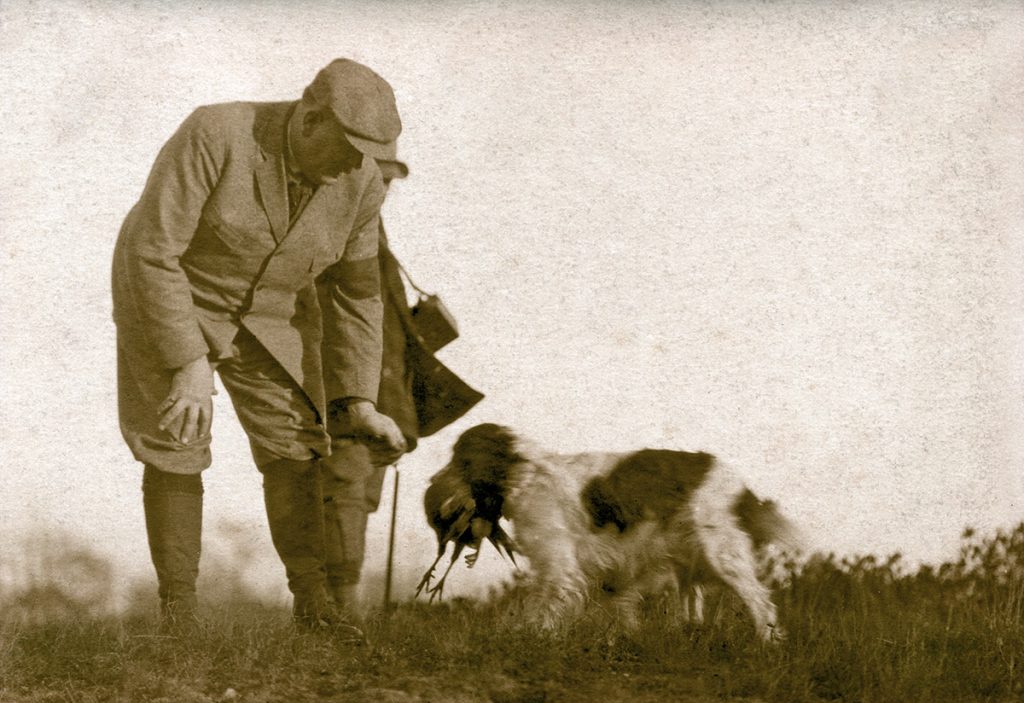
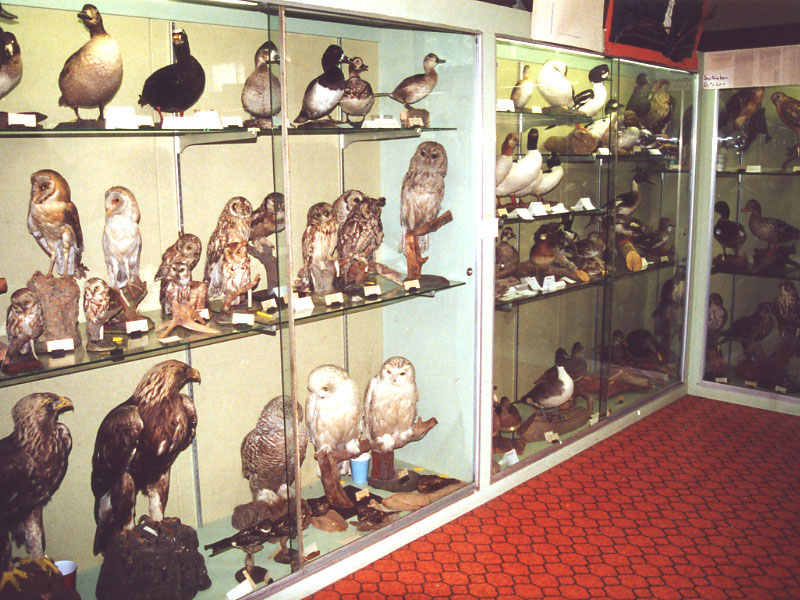
H. Lee Ferguson, Jr., the first curator of the Museum, shared his father’s love of ornithology and turned his attention to collecting bird specimens in the 1950s and early 1960s. Following Lee’s death in 1965, a count revealed that he had added 63 different bird species, bringing the total to approximately 150. Since the 1970s, bird specimens have been gathered under the Museum’s collector’s license, a permit that authorizes the salvaging of birds that have died accidentally, or of natural causes.
When the new Museum’s Natural History Gallery was being designed in 2001, a curatorial team assembled that consisted of the late Edwin H. Horning, Charles B. Ferguson, Carey Matthiessen and Penni Sharp. Guided by Serena Furman of A Space Design, they created displays and exhibits that were refreshingly less linear and more thematic than those in the previous Museum. Most of the HLFM’s mounted birds were left in storage. Selected birds were featured in displays that focused on specific environments and patterns of behavior. For example, “Birds of the Meadow” and “Rare Migratory Visitors” are two of the Gallery’s new displays. Text panels throughout the Gallery provide visitors with background information for the birds and other specimens on display.
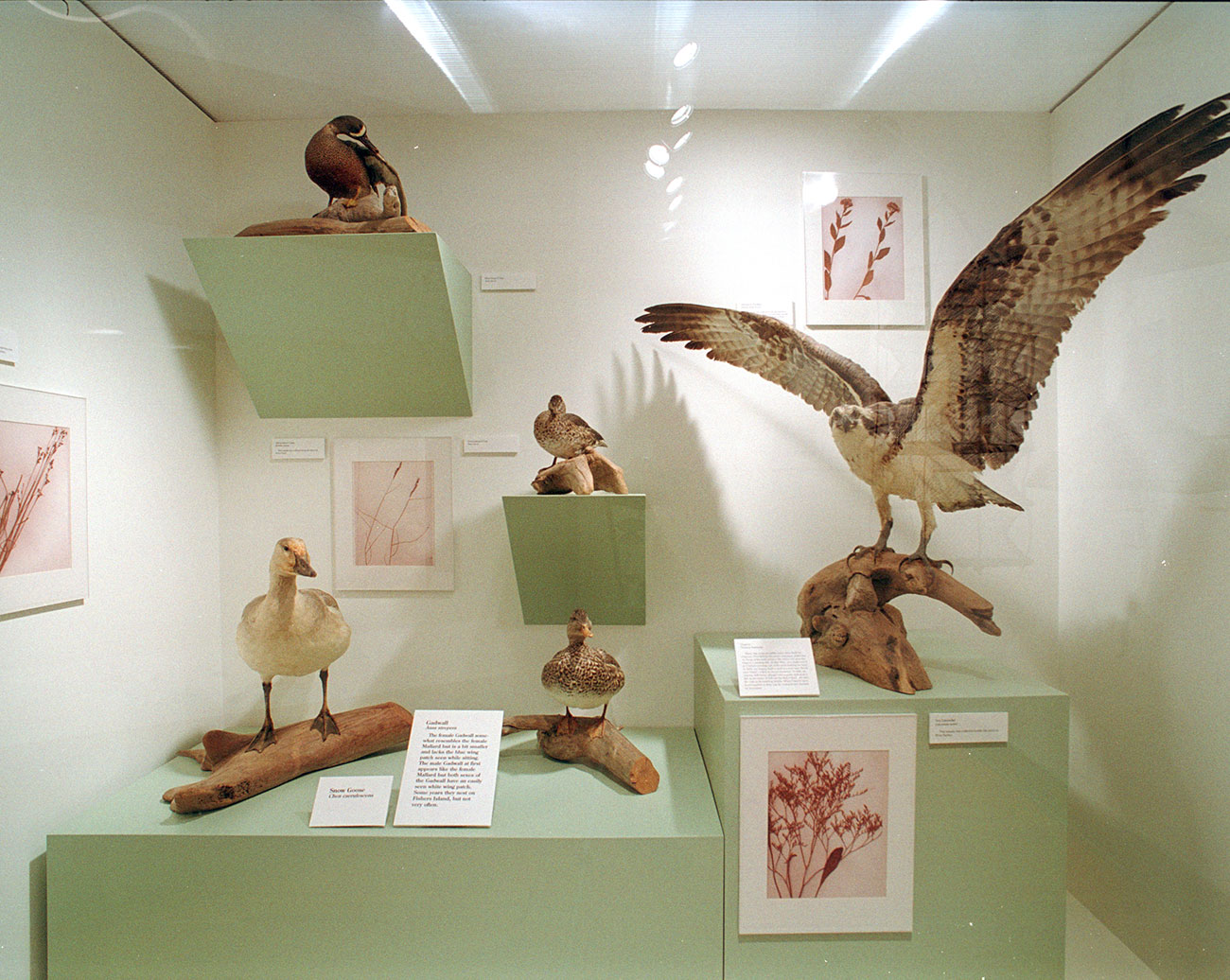
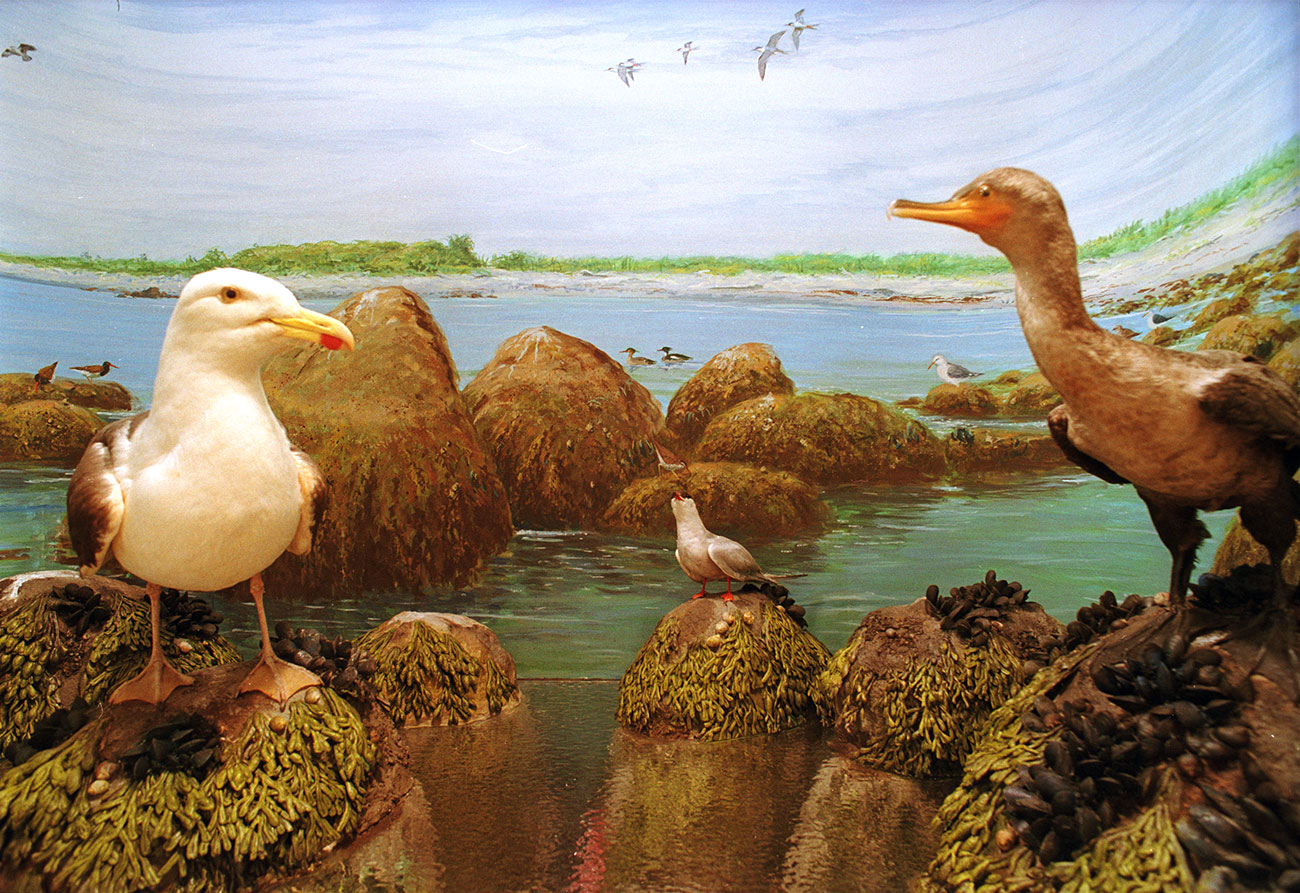
At the center of the Natural History Gallery, the four Marine Dioramas have proven very popular with children and adults alike. They were conceived by Carey Matthiessen to fill a glaring gap in our previous Museum: a lack of exhibits relating to the seashore. The new dioramas provide unique windows on four critical shoreline environments: eelgrass, rocky shore, sand flat and salt marsh. Collaborating with Carey were two artists, Charles B. Ferguson, who painted all the background murals, and Peter R. Brady, who was responsible for the fabrication and installation of the dioramas. At the time, Mr. Brady had been a staff member of the New England Aquarium for over twenty years.
Other displays in the Natural History Gallery focus on oyster farming, sports fishing, commercial fishing and geology. Although birds are predominant, the collection includes fish, snakes, turtles, and other animals, including a very popular mounted beaver.
